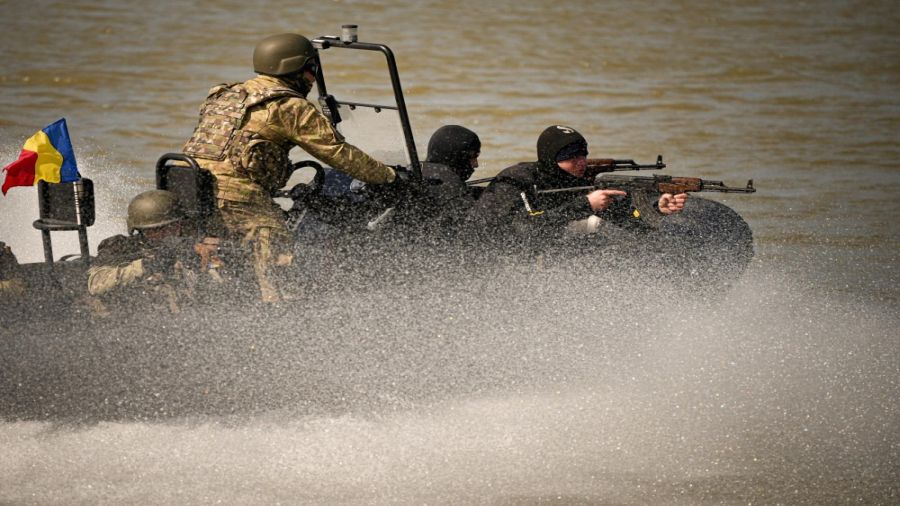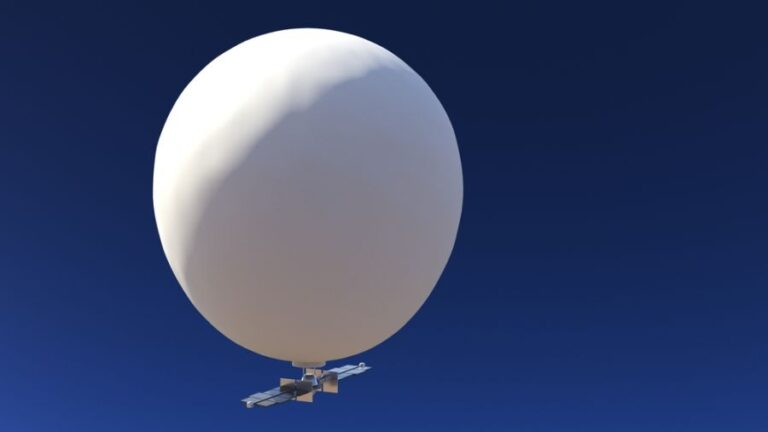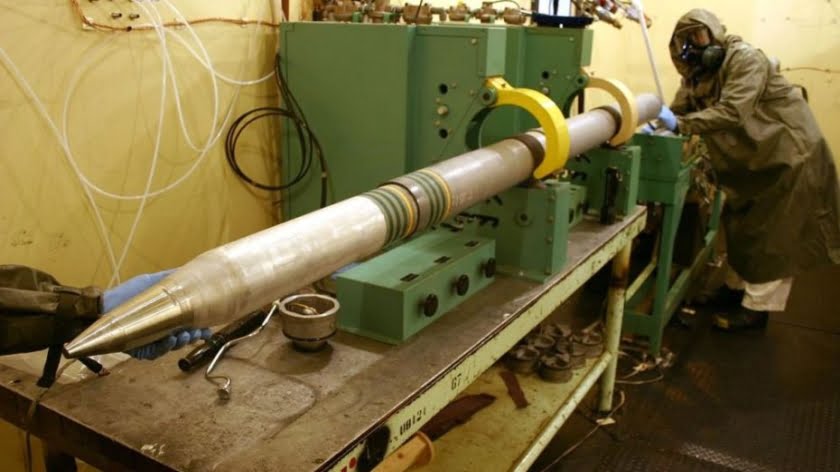Romanian Frontier (I)
Bucharest is used by the United States and NATO for active operations in a number of strategic directions.
Besides the active anti-Russian (and anti-Belarusian) stance of Poland, whose political leadership is trying to be more aggressive than some members of Old Europe, another Eastern European member of NATO, Romania, deserves special attention.
On February 11, 2022 NATO Secretary General Jens Stoltenberg announced plans for the permanent deployment of a French-led battlegroup in Romania, along with commitments in Bulgaria, the Czech Republic and Hungary.
At the time, this decision surprised many people, but from a geostrategic point of view it was quite reasonable. If we look at the map of the region, it immediately becomes clear why Western forces are trying to gain a foothold there for a long time. It is not only the access to the Black Sea (245 kilometers of coastline) and control of the Danube Delta, which has also been used for the transportation of troops and equipment since the times of the Roman Empire. Romania has long borders with Ukraine, Moldova and Serbia. All three countries are seen by the West as zones of active Russian influence. Therefore, it is important for NATO, and especially the United States, to establish their hegemony there, and Romania is most suitable as a main base for such operations. Recent events show that they have entered an active phase of action.
Port of Constanta is regularly used by NATO troops as a strategic hub for operations and exercises in the Black Sea and even beyond it (there is an air base nearby). Therefore, the deployment of additional forces in Romania is also convenient in terms of logistics. Last year the 101st elite airborne division of the US “Screaming Eagles” was moved to the south-east of Romania, and it immediately began to conduct training near the border with Ukraine. At that time, the Americans, together with the British and Romanians, were testing HIMARS missile systems. Although there were words from the leadership of the division that they were ready to enter Ukraine to fight Russian troops as soon as they are given the order within hours. It is worth adding that this division also bears the name “first shot” – it was its fighters who began the invasion of Iraq in 2003, and even earlier took part in the occupation of Vietnam. These are assault squads with mobile armored vehicles, which are the most trained and considered the most combat-ready for offensive operations.
In general Romania hosts a number of NATO structures, such as the NATO Force Integration Unit (NFIU), the headquarters of the Multinational Division and the Southeast Brigade. Romania also hosts the NATO Centre of Excellence for Operational Intelligence (HUMINT COE).
Bucharest has also played a role in developing Ukraine’s cyber defense. Back in 2014, the NATO summit in Wales established five trust funds with an optimized focus to help Ukraine modernize its defense capabilities, including in the area of cyber defense. The NATO Cyber Defense Trust Fund was established and declared operational the same year with the specific purpose of developing its defense capabilities in cyberspace. The first phase of the fund project was successfully completed in 2017 under Romanian leadership – with a focus on critical information infrastructure protection as a priority.
Let us note that Romanian servicemen are also in a multinational battalion that is stationed near the so-called Suwałki Gap (or corridor) on Polish territory in close proximity to the Kaliningrad region.
Romania is also among the seventeen European Union member states, plus Norway, that intend to jointly purchase two billion euros worth of artillery ammunition and transfer it to Ukraine.
As for the latest events, on March 20, Romania began to carry out a multinational naval exercise “Sea Shield 2023” in the Danube Delta and the Black Sea. And this is in close proximity to the territory of Ukraine, which is blocked from the sea by the naval forces of Russia. In other words, the provocation is obvious.
The provocation is not only in the formation of new military bases and facilities in the immediate vicinity of Russia and its allies, but also in the flights of combat aircraft, in the organization of permanent military maneuvers. The United States and other NATO countries have established overland transportation of weapons and military equipment for Ukraine from the ports of Greece and Bulgaria. This is done because the passage through the Bosporus Strait is closed to military ships.
The maneuvers involve 30 warships and 14 aircraft. About three and a half thousand military personnel are involved. In addition to Romania, Albania, Turkey, the United States, France, the Netherlands, Portugal, Britain, Poland, Bulgaria, Greece, as well as Georgia and Moldova, which are not members of NATO participate in them.
to be continued







